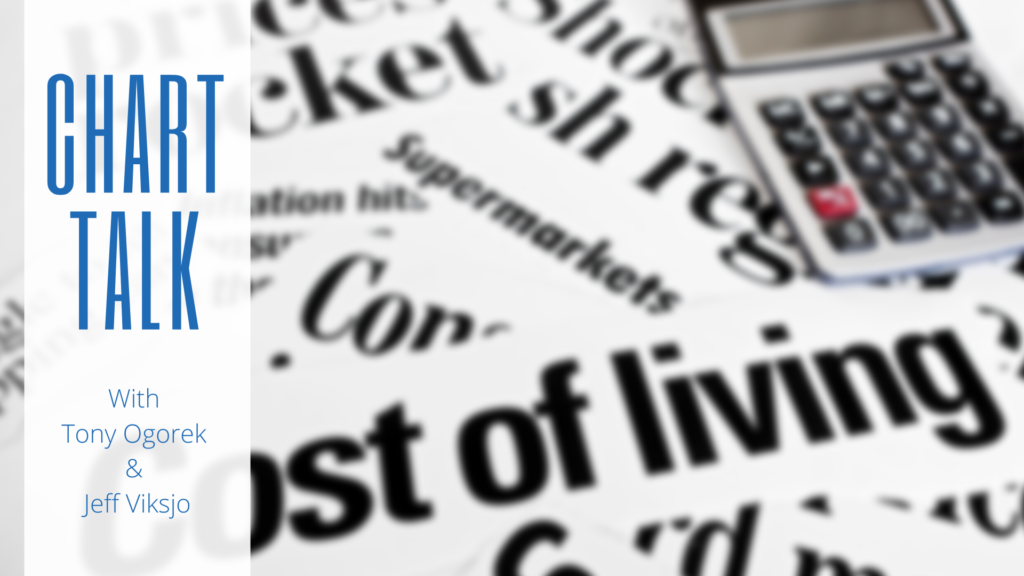A familiar refrain from athletes and their trainers is, “no pain no gain! That quote may ring true in the field of fitness and athletic endeavors, it is certainly not the case in the world of finance. In fact, we’ve just come off more than a decade of all gain with very little pain. Is the turbulence we’re seeing in stocks and bonds merely a hiccup, or does it portend more pain down the road for investors?
The era of all gain can be traced back to the Global Financial Crisis of 2008. In order to help the economy recover from the Great Recession, the Federal Reserve, under Chairman Ben Bernanke, drove short-term interest rates, otherwise known as the Federal Funds rate (which is the overnight rate banks loan to each other), to between 0% and 0.25%.
To further stimulate the economy, the Fed engaged in a novel practice known as “quantitative easing.” Although complicated sounding, the concept is simple. The Fed creates new money by purchasing debt issued by the Treasury Department (I know it sounds like a Ponzi scheme). This artificial demand reduces the interest rate that the government has to pay at its bond auctions.
These policies lasted over 14 years and the consecutive terms of three Federal Reserve chairpersons. During that time, savers were sacrificed at the altar of wealth creation with banks paying next to nothing for interest, and the financial markets, real estate, and crypto currencies absolutely loving the low-rate environment. Government was also a major beneficiary of the low-rate environment as it added massive amounts of debt, with hardly an increase in the cost of carrying that debt.
The same thing happened with stocks and bonds. Corporations flush with cash figured that refinancing debt at generational lows made a lot of sense. They went into the bond market and increased the amount of debt on their balance sheets, just like the government did. Rock-bottom interest rates gave the green-light to investors to pay ever higher prices for stocks, because the low rate environment justified high prices, as long as rates stayed at very low levels.
Historically there has been a tight relationship between median incomes and the price of residential real estate, which generally moved in lockstep. All of this changed during the era of low rates and became turbocharged with the fiscal and monetary packages thrown at the pandemic induced recession of 2020. Home price affordability decoupled from median incomes and increased by double digit annual rates, purely because the cost of money became absurdly low. Sellers were consequently able to get tens of thousands of dollars over their asking prices because of low rates.
At this juncture it seems that the age of “nothing succeeds like excess” is over, at least for the time being. What does it portend for investors? We are likely to see the Fed continuing its campaign of raising interest rates until it sees the unemployment rate rising meaningfully. It also needs to see inflation in wages, food, and rents backing off. Both stocks and bonds will react positively to a downturn in inflation, and a pivot by the Fed on rates. The timeframe for the rate pivot is of course unknowable, however, the celebratory results of a pivot to ultimately lower interest rates is undeniable.
Deprecated: preg_replace(): Passing null to parameter #3 ($subject) of type array|string is deprecated in /home/ogorek_dev_minerva/ogorek.minervawddev.com/wp-includes/kses.php on line 1805
PLEASE SEE IMPORTANT DISCLOSURE INFORMATION HERE.




